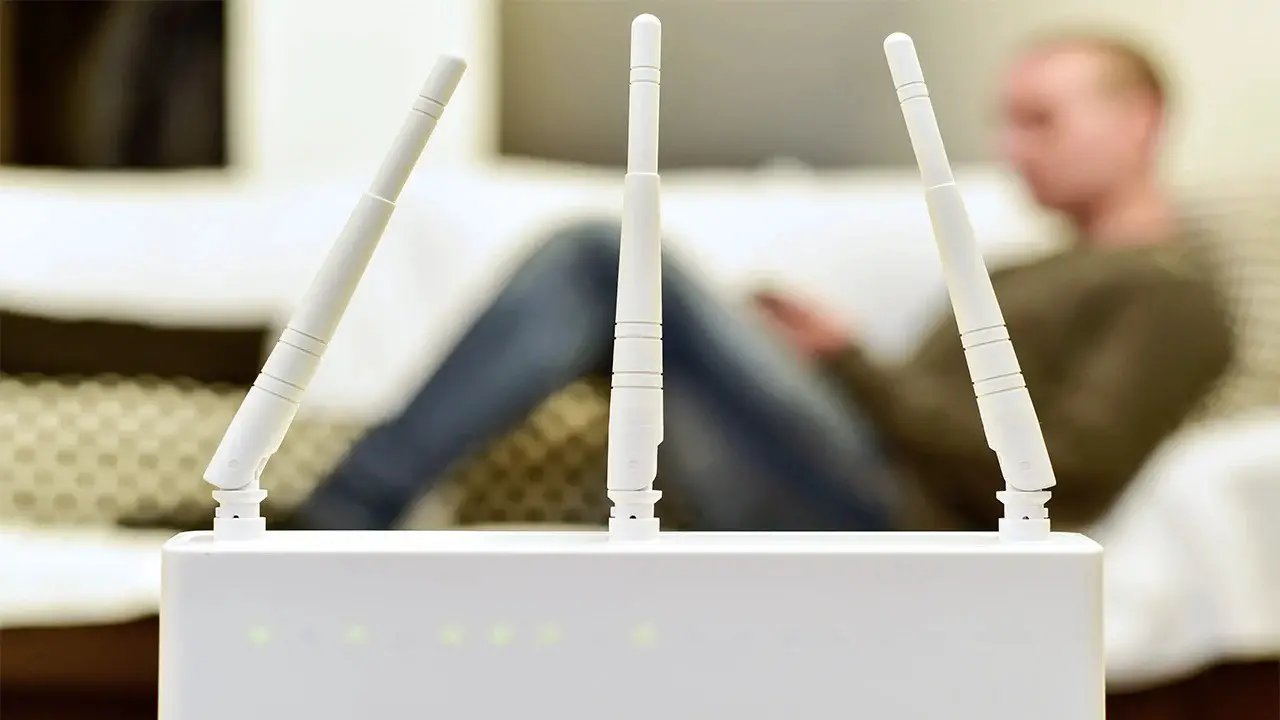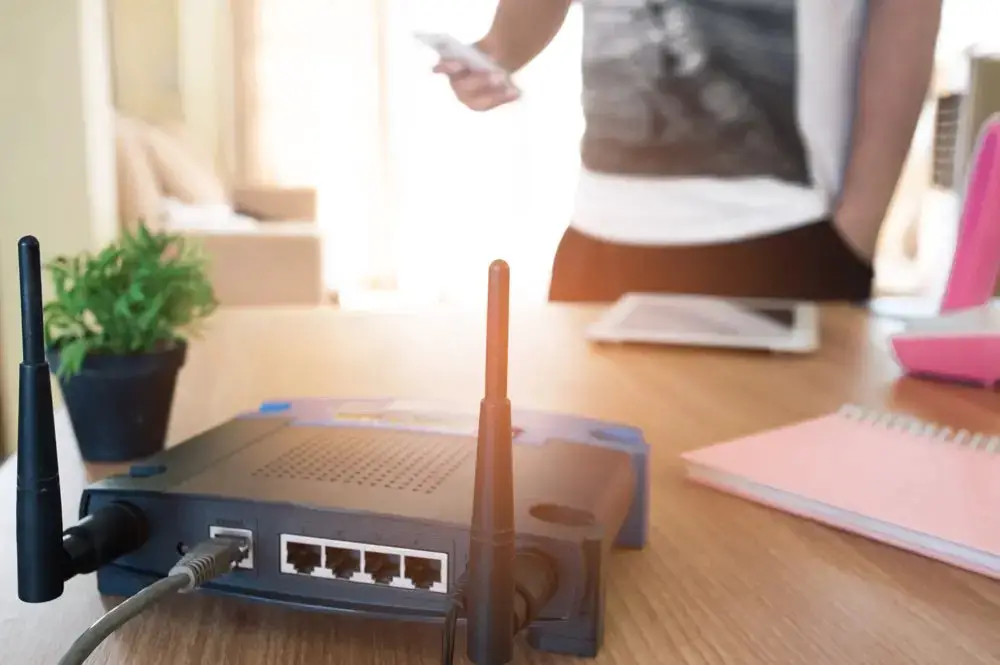Today, we are going to tell you how to boost your Wi-Fi signal in 9 different ways. Although Wi-Fi is as vital as water and electricity, it may be considerably more unpredictable. Your Wi-Fi connection’s speed can vary dramatically from one day to the next, or it might never live up to the speeds advertised by your internet service provider.
9 ways to boost Wi-Fi signal
Here are 9 tips to boost your Wi-Fi signal for faster internet speeds.
1. How to boost Wi-Fi signal: Speed test
There are several reasons why your Wi-Fi might be slow, so it’s best to start with the basics. Before the router is converted to a wireless signal, run an internet speed test to discover what sort of connection speeds it sees.
If you’re not getting at least 5 Mbps, your internet service provider may be the culprit. 20 Mbps is more common, but your actual speed will be determined by your internet service provider and internet package. Contact your internet service provider or consider upgrading your router if it’s old if the speed you’re receiving doesn’t match the plan you purchased. If you’re getting the advertised speed for your plan, but it still feels sluggish, it’s possible that you need to upgrade to a faster internet package.

2. How to boost Wi-Fi signal: Connect to the 5Ghz band
If you have a dual-band or tri-band Wi-Fi router, use the 5GHz band whenever possible instead of the 2.4GHz band. While many smart home gadgets are limited to the 2.4GHz band, your phone, laptop, tablet, and TV should all be linked via 5GHz for optimum performance.
Using the Wi-Fi settings on each of your devices, see what Wi-Fi band you’re using. You should then allow the gadgets to select the best frequency for themselves using a modern router. By going to its configuration page, selecting the 5GHz band option, and assigning it the same name or SSID as the 2.4GHz band, you may do this with a newer router.
3. How to boost Wi-Fi signal: Move your router
If your router passed the speed test but your Wi-Fi is sluggish or drops out frequently, it might be due to its position. Wi-Fi signals have difficulties passing through solid surfaces, and certain items, such as brick walls, metal appliances, and huge quantities of water like fish tanks. These will prevent the signal from penetrating.

In general, the ideal location for your Wi-Fi router is one with wide-open space in a central area. It has the best chance of reaching your home’s extremities without interference if it’s situated in such a position.
4. How to boost Wi-Fi signal: Update your Wi-Fi router’s firmware
Some routers can’t be updated automatically, so to update the firmware, use the router’s mobile app or log into its control panel and check if it is possible. If you have an older router, the procedure may be especially tough and you should read the instructions provided by the manufacturer.
If your router isn’t performing automated updates, be sure to keep it up to date. This is the easiest approach to guarantee that your router has the most recent performance and security capabilities. However, if your router is more than a few years old, there’s a chance the manufacturer will stop providing updates for it, in which case you’ll have to upgrade.
5. How to boost Wi-Fi signal: Switch to a less congested channel
When your router transmits the Wi-Fi signal, it generally has several channels from which to choose. The channel and frequency band are two distinct things, so don’t confuse channels with 2.4GHz or 5GHz bands. While most routers use a certain channel for each band by default, they may become clogged with traffic, which might slow down your Wi-Fi.

Check your wireless router’s mobile app or go to the control panel and try switching to another channel. You may need to consult your router’s user guide for further information.
6. How to boost Wi-Fi signal: Check if there are any Wi-Fi intruders
Your Wi-Fi might be suffering under the strain of a large number of people or devices all surfing the internet at the same time. If you don’t use a strong password to secure your network, it’s conceivable that your neighbors are connecting to it and stealing your bandwidth. If that’s the case, you should change your router’s password as soon as possible with its mobile app or device’s control panel, and make it as secure as possible.
Even if you don’t have a freeloader, your Wi-Fi may be clogged by a swarm of devices in your house. If multiple members of the household are attempting to watch Netflix at once, things can get bogged down. To find out, look at the list of devices connected to your network and use the router’s administration tools to remove users or devices that you don’t want accessing the network.
7. How to boost Wi-Fi signal: Buy a new router
It’s usually a last resort to get rid of your router. A new router may be costly, not to mention complicated to set up and join your network devices. However, if your current Wi-Fi router is limited to legacy 802.11n or 802.11g standards, for example, you might want to seek an 802.11ac or Wi-Fi 6 device instead.

If you have a particularly large home and your router isn’t yet obsolete, consider adding one or more Wi-Fi extenders. These are tiny, low-cost devices that increase the Wi-Fi signal and hence extend the range of your house’s coverage.
You’ll want to connect them as near to your router as possible while still being close enough to your home’s dead zone to fill it in. The major disadvantage of extenders is that they generally have their SSID, so you must change Wi-Fi networks when traveling between rooms.
8. How to boost Wi-Fi signal: Make use of an external antenna
Your router has an antenna, but it’s generally located inside the device where you can’t see it. Built-in antennas are prone to being less powerful than external ones, and they can also not be replaced.
Fortunately, most router manufacturers allow you to attach an external antenna to increase the signal. If it isn’t included in your purchase, you may discover several of them on various shopping sites.
9. How to boost Wi-Fi signal: Tweak your Quality of Service (QoS) settings
The QoS on your router is an essential tool for regulating bandwidth usage and prioritizing specific applications. If you mostly use the internet for work, you might want to allocate most of the network’s resources to business applications such as Skype, Zoom, and Microsoft 365. Typically, a router’s QoS configurations may be discovered in the advanced settings of the configuration page.
We hope that you enjoyed this guide and found it useful. With the solutions included here, hopefully, you will be able to boost Wi-fi signal all-around your house.





